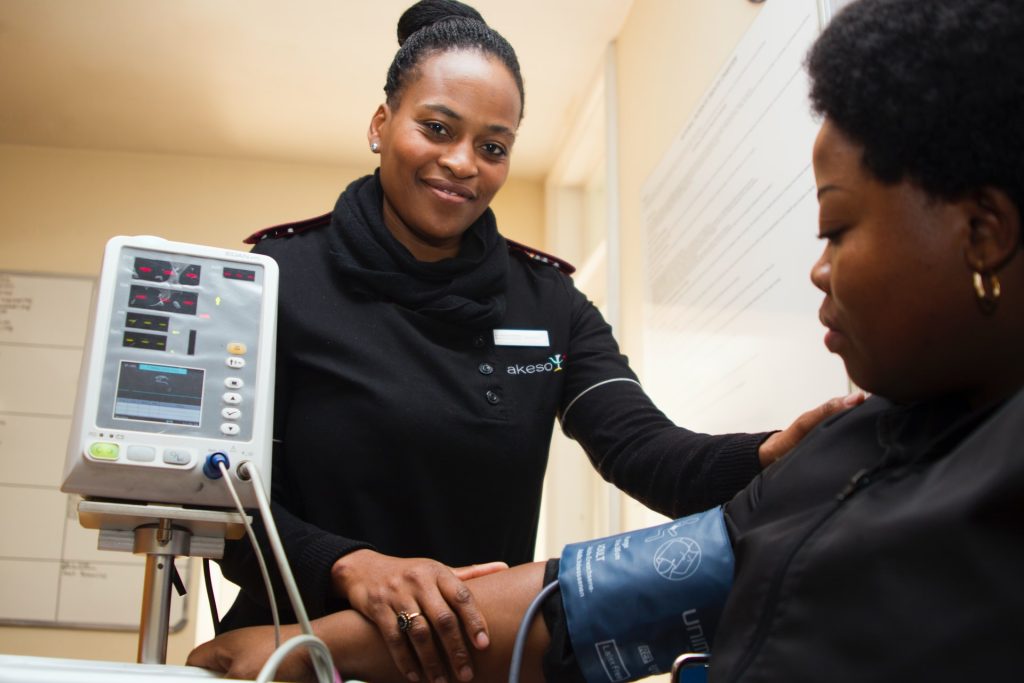Social Media’s Double-edged Sword: Boosting Connections or Risking Careers?

Social media has become an integral part of our daily lives, revolutionising how we communicate, connect and share information. So much so that insights suggest that over 5 billion people worldwide use social media, with 259 million users coming online within the last year. Closer to home, of the 45 million internet users in South Africa, 26 million use social media.
Platforms such as Facebook, Instagram, LinkedIn and X (formerly Twitter), have bridged gaps, brought distant loved ones closer, and created communities around shared interests and passions. While these platforms have enriched our personal lives in countless ways, they are also a mixed blessing, impacting the professional lives of some individuals in unprecedented ways.
According to Jennifer Barkhuizen, Head of Marketing at MIE, companies are increasingly relying on screening the social media platforms of potential and current employees to gain a window into a candidate’s true self, and provide insights into their hobbies, interests and overall personality.
“For companies, social media has become an invaluable tool to find the perfect cultural fit for their organisations. However, this practice also uncovers another side of the coin, exposing any unprofessional or inappropriate behaviour that companies may not want to be associated with,” she says.
A significant 70% of recruiters, both across the human resources industry and those within companies, now use social media to screen potential candidates, a trend that continues to grow rapidly. As the digital footprint of individuals becomes more prominent, the trend of social media screening is expected to continue its upward trajectory, reshaping the recruitment landscape.
While the increasing reliance on social media screening by recruiters is bolstering the recruitment process, it is also having a profound psychosocial impact on employees.
“Knowing that their online activities are being screened can lead to anxiety and a sense of privacy being invaded,” adds Barkhuizen. “Employees may feel pressured to meticulously curate their online presence and the content that they post, which can be mentally exhausting and foster a sense of inauthenticity. The fear of being judged for past posts or casual comments can undermine personal freedom and contribute to a perpetual state of vigilance.”
Although social media screening helps companies make more informed hiring decisions, it is crucial to acknowledge and address the psychological burden it places on individuals navigating the increasingly blurred lines between their personal and professional lives.
For individuals, balancing positive and negative content on social media is crucial, particularly in the context of social recruiting. Here, studies indicate that positive content, such as showcasing achievements, sharing inspirational messages, and participating in professional discussions, can significantly enhance a candidate’s appeal. Furthermore, positive interactions on social media can create a favourable impression, portraying candidates as engaged, motivated and a cultural fit for the organisation.
“Conversely, negative content, including illicit activity, unprofessional behaviour and controversial opinions, can be detrimental and raise red flags about a candidate’s suitability for a professional environment,” explains Barkhuizen. “So much so that a survey conducted by CareerBuilder found that of the 70% of employers who screen candidates on social media, 54% have decided not to hire a candidate based on their online presence.”
Barkhuizen adds that while people seek to be publicly visible online as they look to share their own ‘personal brand’, thoughts and opinions with the world, it is only when an individual crosses into engaging in undesirable or illicit content that they risk their own reputation and that of their employer.
Despite social media screening potentially leading to anxiety for individuals, it’s a crucial step for businesses to ensure they hire the right candidates. This practice helps protect the company’s reputation by identifying online behaviour that could negatively impact the organisation. It also helps ensure a good cultural fit by revealing candidates’ values and interests, aligning them with the company’s ethos.
To mitigate the risks associated with using social media during the screening process, Barkhuizen points to five key best practices that HR professionals should abide by. These include:
- Develop a social media screening policy: Document a policy outlining the purpose, scope and procedure for social media screening to minimise bias or discrimination. Separate decision-makers from those conducting checks to ensure a fair and compliant hiring process.
- Educate staff: Train staff on the legal and ethical aspects of social media screening, ensuring they apply the process consistently to all candidates in the same job category,
- Be transparent: Inform candidates about the screening process and obtain their written consent if a social media check is conducted.
- Be respectful: Respect candidates’ privacy settings and only view publicly available information. Avoid “friending” or “following” candidates during the hiring process.
- Be impartial and job-specific: Focus on professional information relevant to the job, such as skills and accomplishments. Document information consistently and avoid using protected characteristics like race, religion or gender. To this end, it is advisable to use a third party supplier to avoid bias.
In today’s digital landscape, where social media is a powerful yet double-edged sword, leveraging the expertise of industry leaders such as MIE can make a significant difference.
With trusted and innovative smart vetting solutions, MIE’s extensive industry knowledge ensures thorough and reliable background checks, helping businesses navigate the complexities of social media screening to make informed, strategic hiring decisions while safeguarding their reputation and maintaining a positive workplace culture.






